
Gardeners and fruit lovers are becoming increasingly fascinated with dragon fruit because of its vivid appearance and unique flavor. This tropical fruit requires particular attention to its dietary requirements during cultivation, and fertilizer is essential to promoting healthy growth and abundant harvests. This guide will give you crucial information about dragon fruit fertilizer and help you make informed decisions for your dragon fruit plants.
Dragonfruit is a good climbing cactus vine that grows well in dry areas and may reach up to six meters in height under the correct conditions. Understanding the distinct nutritional requirements of dragon fruit fertilizers, the best fertilizer options typically are organic fertilizers such as cow dung or compost, NPK fertilizers containing nitrogen (N), phosphorus (P), and potassium (K), along with calcium, borax, and slow-release fertilizers like bone meal.
What is Dragonfruit?
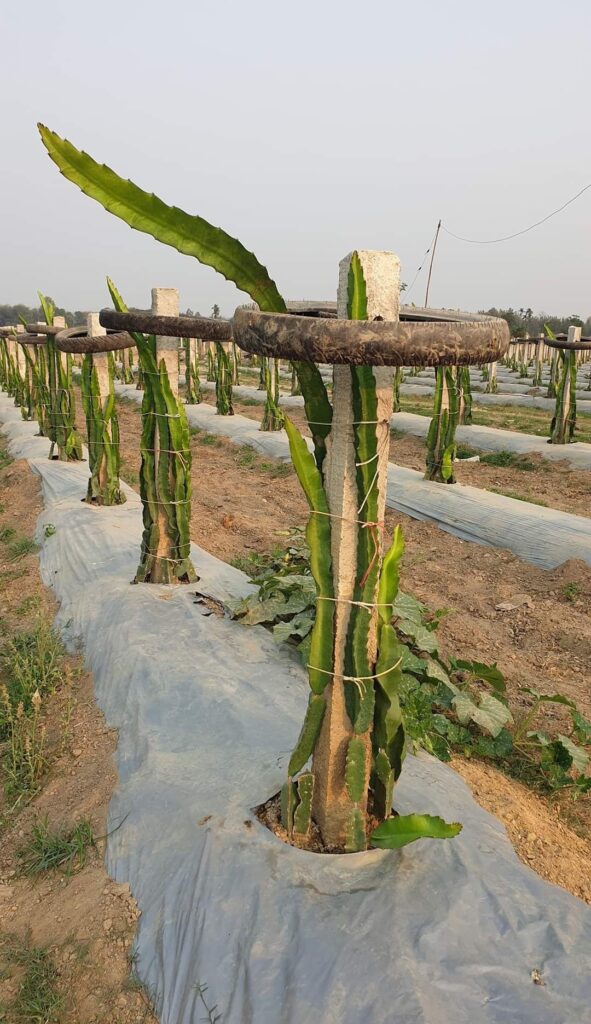
Dragon fruit, a tropical fruit from the cactus family CACTACEAE, is acclaimed for its nutritional and medicinal properties, adapting to various climates, including arid regions. Originating from Central and South America, it weighs an average of 350g and remains productive for approximately 20 years after planting.
Its easy agronomic practices incur minimal maintenance costs due to fewer pest and disease issues. The fruit, rich in vitamin C, fiber, and antioxidants, possesses numerous health benefits like preventing colon cancer, reducing cholesterol, and promoting dental health.
With increasing demand and export potential, dragon fruit farming is gaining traction, especially in tropical countries. This perennial fruit crop matures within five years, yielding fruit in the second year and thriving in regions with little water and high temperatures. Majorly cultivated in Vietnam, China, and Indonesia, dragon fruit’s allure lies in its vibrant varieties, each with unique flesh and skin colors.
Best Dragon Fruit Fertilizer Types
A good diet is essential for achieving a higher dragonfruit yield. This entails giving dragonfruit plants the necessary nutrients for optimum growth and development. Such nutrients include:
Organic Dragon fruit fertilizers
Natural sources are the source of organic fertilizers, which are good for the long-term health of the soil. A delayed release of nutrients is provided by materials such as compost, well-aged manure, fish emulsion, neem cake, chicken manure, and worm castings, which also improve soil structure and encourage microbial activity. Additionally, these choices reduce the chance of overfertilization.
Plants that are less than 3 years old should be fertilized with 10-15 kilograms of farmyard manure and 100 grams of superphosphate per plant at the time of planting. For plants older than 3 years, it is recommended to apply 4 kilograms of organic manure per plant every 4 months.
NPK Fertilizers
These dragon fruit fertilizers contain varying ratios of nitrogen (N), phosphorus (P), and potassium (K), suited for different growth phases.
During the initial stage, higher nitrogen application promotes robust botanical growth. In later stages, increased amounts of phosphorus and potash are recommended.
For the first two years, apply 300 grams of urea and 200 grams of NPK (20-20-10) annually to each plant. Mature plants (at least three years old) require 540 grams of N, 720 grams of P₂O₅, 300 grams of K₂O, and 20 kilograms of farmyard manure per plant each year.
Borax, calcium, and micronutrients are also administered to improve fruit growth and firmness.
Slow-Release Dragon Fruit Fertilizers
Granular fertilizers with a slow release minimize leaching while giving plants steady nutrition over a long period. Sustained feeding is ensured by proper application. For example, bone meal—derived from the phosphate and calcium-rich bones of animals—promotes root development, and blooms, and strengthens the structure of plants, all of which are advantageous for fruiting plants, bulbs, and flowers.
When to Apply Dragon Fruits with Fertilizers?

Dragon fruit is a plant with shallow roots, mainly concentrated within the top 15 to 30 centimeters of soil depth. To prevent fertilizer leaching, it’s advisable to split the fertilizer application. Apply organic dragon fruit fertilizer generously at the base of the post, mixing it into the soil. For inorganic fertilizer, place it 5-8 centimeters away from the plant’s base to avoid direct contact between the fertilizer and the plants.
Plant up to 2 years
For the initial two years, it is advised to apply the following dragon fruit fertilizers to each plant annually: 40 kg of cow dung, 300 g of urea, 200 g of NPK (20-20-10), 10 g of borax, and 30 g of Calcium. These dragon fruit fertilizers should be administered in three separate doses throughout the year.
At One month
Apply 3–4 kg of farmyard manure and 25g of superphosphate per plant during the planting stage. Then, administer 50g of urea, 50g of NPK (20-20-10), all of the borax, and calcium to each plant.
At 6 months
Six months after planting, apply 3-4 kg of farmyard manure along with 100 g of urea and 75g of NPK (20-20-10) to each plant.
At 12 months
12 months after planting, apply 3-4 kg of farmyard manure, 150g of urea, and 75g of NPK (20-20-10) to each plant.
Plants at least 3 years old
Mature plants (at least three years old) require the following annual amounts per plant: 540 g of nitrogen (N), 720 g of phosphorus (P₂O₅), 300 g of potassium (K₂O), and 20 kg of farmyard manure.
This quantity is split into four applications:
First application
- Applied immediately after harvest.
- The first application is immediately after harvest, comprising 216g N, 216g P₂O₅, and all the farmyard manure.
Second application
- Two months later.
- The second application occurs two months later, consisting of 162g N, 144g P₂O₅, and 45g K₂O.
Third application
- Just before flowering.
- The third application is just before flowering, with 54g N, 288gP₂O₅, and 12g K₂O.
Fourth application
- Apply when the young fruits are developing.
- The fourth application contains the remaining dragon fruit fertilizer and is applied during the development of young fruits.
Factors to Consider When Choosing Dragon Fruit Fertilizer
Plant Growth Stage
Take into account your dragon fruit plants’ current growth stage. While older plants that are concentrating on fruiting benefit from a greater phosphorus and potassium ratio, younger plants may need more nitrogen for vegetative growth.
Soil Composition
Determining the kind and amount of dragon fruit fertilizer required can be aided by knowing the pH, drainage, and nutritional levels of your soil. Periodically test the soil to determine how much fertilizer is needed.
Environmental Conditions
Climate, temperature, and humidity are a few examples of factors that can affect how well dragonfruit plants absorb nutrients. Based on plant responses and seasonal requirements, modify dragon fruit fertilizer treatments.
Application Tips for Applying Dragon Fruit Fertilizer
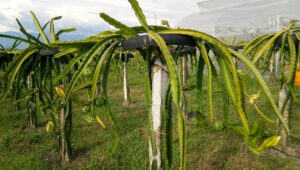
Timing
During the busy growing seasons, which are usually the spring and summer, apply fertilizer. Do not fertilize during the winter dormant season.
Frequency
A fertilizer label’s directions should be followed to prevent overfertilization, which can harm plants or cause nutritional imbalances.
Application Method
Avoid getting the dragon fruit fertilizer in direct contact with the stem by spreading it evenly around the base of the plant. To help the plants absorb the nutrients from the fertilizer, water them afterward.
Finally, choosing the best dragon fruit fertilizer for your dragon fruit plants involves understanding their nutritional needs, soil conditions, and growth stages. Whether opting for organic or synthetic fertilizers, a balanced approach and proper application techniques will ensure healthy growth, vibrant blooms, and a plentiful harvest of delicious dragon fruits. Experiment with different fertilizers while keeping a close eye on your plants’ responses to find the ideal nourishment regimen for your dragon fruit garden.
FAQs
Q1. How to tell if dragonfruit is ripe?
Consider the following factors while checking the ripeness of dragon fruit:
- Color: Ripe dragon fruits have vibrant and evenly colored skin.
- Texture: A ripe dragon fruit should have a slight give.
- Aroma: Ripe dragon fruit often has a sweet fragrance at the stem end.
- Weight: A ripe dragon fruit should feel heavy for its size. If it feels too light, it might be underripe.
Q2. Can you eat dragonfruit raw?
Yes, you can eat dragon fruit raw. It is mostly consumed fresh and raw.
Follow these steps to enjoy dragon fruit:
- Cutting: Cut the dragon fruit into half, the skin is not edible.
- Peeling: Once the fruit is halved, you can peel the skin away from the flesh.
- Serving: Dragon fruit can be served in slices, cubes, or scoops.
- Combine with other fruit and eaten as a salad.
Q3. Why is dragon fruit so expensive?
Many reasons contribute to the relatively high cost of dragon fruit. The crop requires a lot of labor and has a high initial cost of investment. Furthermore, the fruit is thought to provide significant health benefits and is rich in nutrients. Costs associated with importation and transportation are significant, particularly if the fruit must travel great distances. Market fluctuations may arise due to the limited shelf life of dragon fruit and its unusual appearance, which is driving up demand. Furthermore, some types could be more expensive and rarer because of their restricted supply. In general, dragon fruit is relatively expensive in some situations due to the interaction of market dynamics, climate needs, and cultivation difficulties.
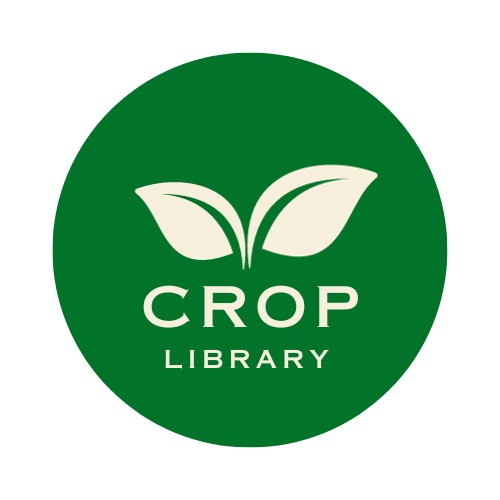
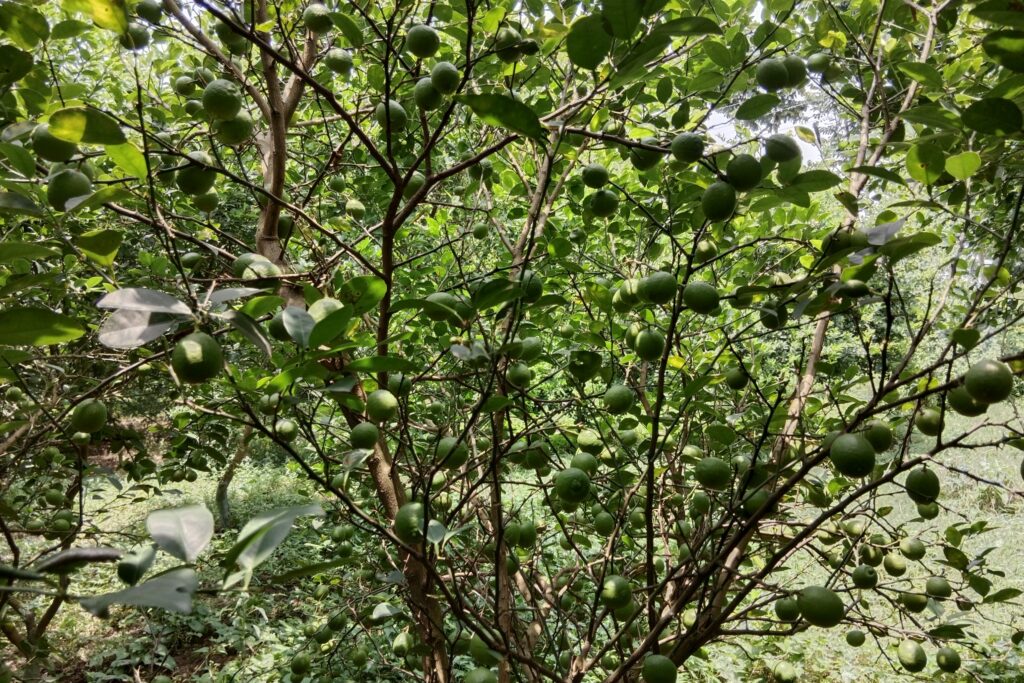
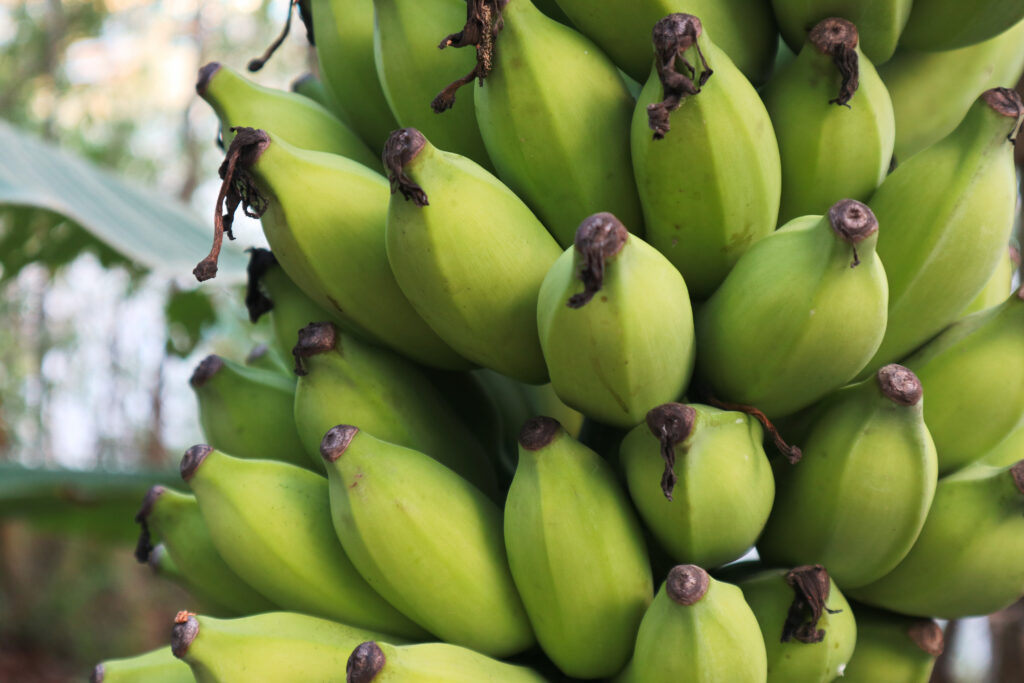
Pingback: Dragon Fruit Farming Profit Per Hectare in Nepal -
नवीन ड्रॅगन शेती करणाऱ्या शेतकऱ्यांना अतिशय महत्त्वाचे व उपयुक्त माहिती. धन्यवाद.